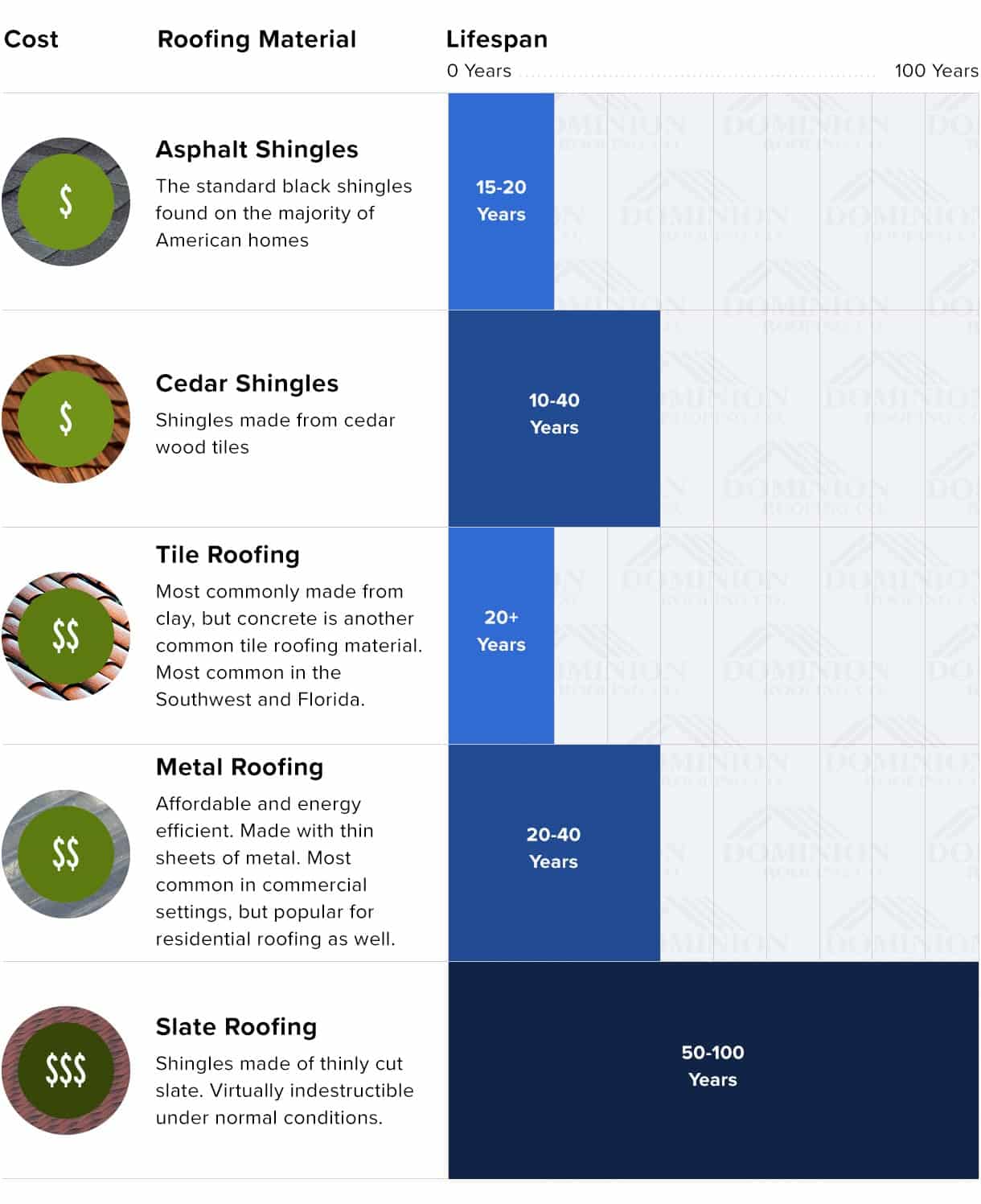Just How Weather Affects Roof Setup: Best Seasons And Conditions For An Effective Job
Just How Weather Affects Roof Setup: Best Seasons And Conditions For An Effective Job
Blog Article
Material By-Dam Timm
When it pertains to roofing system installments, the climate can make or damage the job. Think of the aggravation of managing products that will not cooperate as a result of severe heat or battling unsafe surface areas triggered by unanticipated rainfall. Recognizing the impact of weather on your roof project is important for an effective end result. So, let's explore how various climate components can affect the quality and longevity of your roof covering setup, making certain a job well done.
Influence of Temperature Level on Roofing Setup
When it concerns roof installation, temperature plays an important duty while doing so. The ideal temperature for roofing projects typically falls between 45 and 85 degrees Fahrenheit. Severe heat can trigger materials like tiles to become also flexible, leading to prospective damage during installation. On the other hand, chilly temperature levels can make materials fragile and susceptible to breaking. https://www.finehomebuilding.com/2021/04/28/a-new-take-on-insulating-a-roof is essential to set up roof installments throughout modest temperatures to make sure the very best end result.
During chillier weather condition, professionals might require to take extra preventative measures such as making use of heated tools or enabling materials to warm up prior to setup.
On the other hand, hot weather might need job to be done earlier or later on in the day to prevent the peak temperatures. By considering the temperature level and its effects on roof covering materials, you can aid guarantee an effective setup that will certainly hold up against the components for several years to find.
Impact of Rainfall on Roofing Projects
Roof tasks can be considerably affected by rainfall, impacting both the timeline and the quality of the installment. Rain or snow can develop slippery problems, making it dangerous for roofing contractors to work on a wet surface area. Furthermore, dampness can compromise the adhesion of materials like tiles or underlayment, bring about prospective leakages or problems in the future.
If it rains during a roof covering project, the water can permeate right into prone locations, causing hold-ups as the setup team need to await the roofing to completely dry prior to proceeding. https://metal-roofing-supplies51628.blog4youth.com/30774696/a-comprehensive-overview-to-choosing-the-appropriate-roofer-for-your-home can likewise advertise the growth of mold and mildew, more endangering the stability of the roof.
To stay clear of these problems, it's advised to schedule roof covering tasks during drier periods or keep track of the weather report closely to prepare around any prospective rainstorms. By taking safety measures to operate in beneficial weather conditions, you can ensure a smoother and more effective roof covering installation process.
Impact of Wind Rate on Installment Success
During roofing system setup, the rate of the wind plays a critical duty in establishing the success of the project. High wind speeds can pose considerable obstacles to contractors, possibly bring about safety and security risks and top quality concerns. When wind rates surpass suggested limits, it becomes hard to deal with products, boosting the danger of crashes and damage to the roof covering products. Strong gusts can likewise impact the precision of measurements and the accuracy required for correct installation.
To ensure an effective roof covering installment, it's necessary to check and take into consideration wind rates. Ideally, roofing installment should take place on days with low to moderate wind rates. This not only improves the safety and security of the employees but likewise enhances the general quality of the setup.
Roofing projects set up during tranquil climate condition are more likely to be finished efficiently and with fewer errors. By paying attention to wind rate projections and intending accordingly, you can aid ensure a smooth and effective roofing setup process.
Final thought
So, when it comes to roofing installation, bear in mind to consider the weather to make certain an effective work. Optimum temperatures, completely dry conditions, and moderate wind speeds are key elements to focus on for a smooth installment procedure. By arranging your project throughout the best seasons and ideal climate condition, you can accomplish a resilient and lasting roof that will secure your home for years to come.
